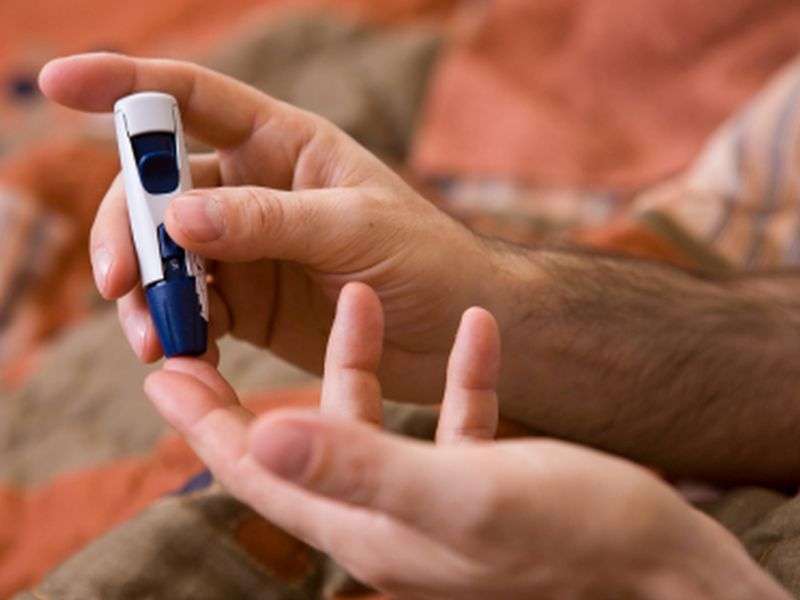(HealthDay)—For patients with type 2 diabetes, the lowest glucose variability (GV) and hypoglycemia is seen for patients using basal insulin + glucagon-like peptide 1 receptor agonist (GLP-1 RA) (BGLP), according to a study published online Dec. 2 in Diabetes Care.
Harpreet S. Bajaj, M.D., M.P.H., from LMC Diabetes & Endocrinology in Brampton, Canada, and colleagues compared GV using continuous glucose monitoring (CGM) in patients with well-controlled type 2 diabetes using four insulin regimens: basal insulin + oral drugs (BO), BGLP, premixed insulin (PM), and basal-bolus insulin (BB). One hundred sixty patients underwent six-day masked CGM in four equal insulin regimen cohorts.
The researchers found that the primary outcome of the daily glucose standard deviation was significantly lower in the BGLP cohort compared with the BO (P = 0.03), PM (P = 0.01), and BB (P < 0.01) cohorts; these correlations persisted after adjustment for age, body mass index, type 2 diabetes duration, and hemoglobin A1c. The BGLP cohort had the lowest daily hypoglycemia outcomes on CGM.
"These observed benefits in GV and hypoglycemia may contribute to the cardiovascular outcome reduction seen with GLP-1 RA therapy and should be investigated further," the authors write.
Several authors disclosed financial ties to the pharmaceutical industry.
More information: Full Text (subscription or payment may be required)
Journal information: Diabetes Care
Copyright © 2016 HealthDay. All rights reserved.






















